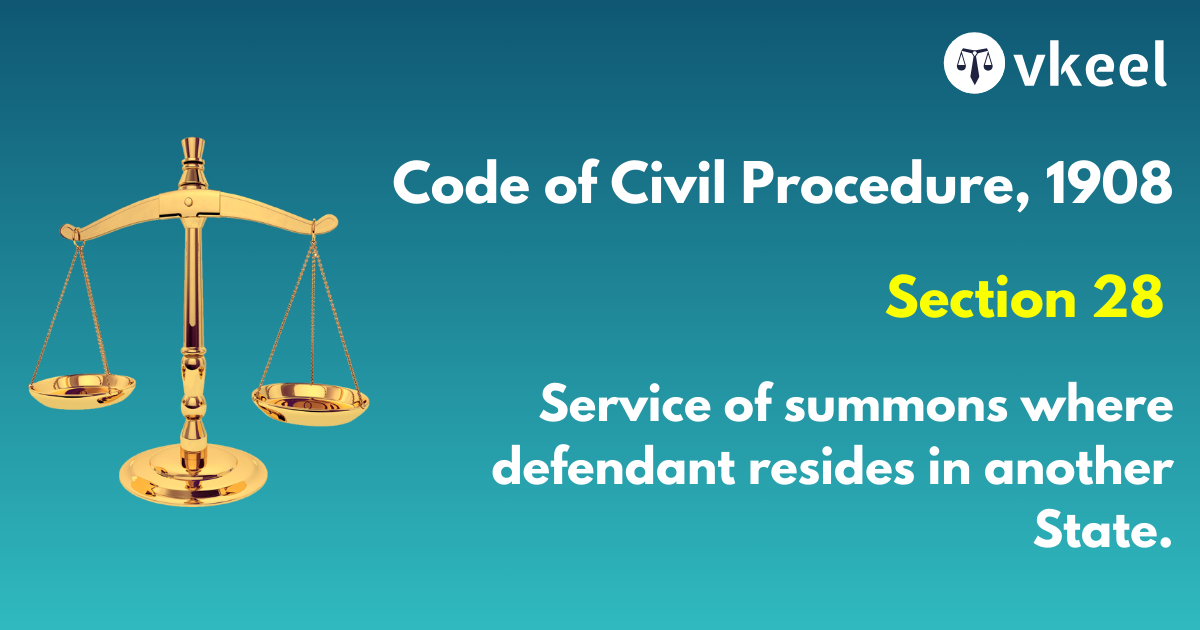Section-7of BNS,2023
By Himanshu Kumar
Introduction
The Bharatiya Nyaya Sanhita,2023 represents a pivotal shift in how the criminal justice system operates in relation to sentencing of offenders.
Section-7of BNS,2023 focuses on the classification and application of punishments , stating that a sentence may be wholly or partly rigorous or simple. This provision addresses the nature of sentences that can be imposed for various crimes and allows the courts a degree of discretion in deciding how sentences should be served.
This section holds significant importance because it allows the judiciary to tailor punishments in a manner that reflects both the severity of the crime and the individual circumstances of the offender. By enabling flexibility in sentencing, Section 7 plays a crucial role in promoting justice while aligning with constitutional principles of fairness.
Overview of Section-7of BNS,2023
Section-7 of the Fraction of Terms of Punishment of BNS,2023, stipulates the following:
- A court may pass a sentence that is either wholly rigorous or wholly simple.
- The court may also pass a sentence that is partly rigorous and partly simple.
This section recognizes that not all offenses or offenders deserve the same level of punishment. It grants the courts discretion in balancing punishments by tailoring the harshness of the sentence to reflect the nature of crime and the circumstances of the individual offender. The objective behind this provision is to ensure that the punishment is not just legally appropriate but also just and reasonable in practice.
Rigorous and Simple Imprisonment
To fully grasp the importance of Section 7 , it is essential to understand the difference between rigorous imprisonment and simple imprisonment:
Rigorous Imprisonment : This form of imprisonment involves hard labor. The convict is required to engage in work as part of their sentence, which could include tasks like quarrying , weaving or working in prison factories. This form of punishment is generally reserved for more serious offenses, as it imposes a greater physical burden on the convict.
Simple Imprisonment : In contrast, simple imprisonment dose not require the convict to undertake any labor. The individual remains incarcerated but without the added burden of hard labor. This form of punishment is considered less severe and is often imposed for relatively minor offenses.
Significance of Section-7 in Sentencing
The distinction between rigorous and simple imprisonment is important in ensuring that sentencing is proportional to both the crime and the offender’s situation. Section 7 of the BNS,2023 enhances this by providing flexibility in sentencing:
Wholly Rigorous Sentences: When the nature of the crime warrants the most severe form of imprisonment , a court can opt for a sentence that is entirely rigorous. This might be the case in violent crimes, serious fraud or offenses where the social impact is deemed particularly harmful.
Wholly Simple Sentences: In contrast, for relatively minor offenses or where the offender’s circumstances suggest that rigorous punishment would be unduly harsh, a court may opt for wholly simple imprisonment . This could apply in cases involving first time offenders , individuals who commit crimes under duress or those where rehabilitation is primary concern.
Partly Rigorous and Partly Simple Sentences: In many cases, the offense may not be clear cut in terms of requiring a completely rigorous or simple sentence. Section 7 allows for a middle ground . A court can issue a sentence that involves both rigorous and simple imprisonment. This might involve an initial period of rigorous and simple imprisonment , followed by a period of simple imprisonment. This form of sentencing reflects the principle of proportionality, ensuring that the punishment fits both the crime and the circumstances of the offender.
Rationale Behind Section 7
The rationale for having a flexible approach to sentencing is rooted in the principles of fairness and justice. Not all crimes are the same and not all offenders deserve the same treatment. Factors such as the offender’s age , mental condition , motive , and the nature of the crime can significantly impact how punishment is perceived and applied.
Section 7 allows the court to tailor punishments to the individual circumstances of the case. For instance, a young first-time offender might be sentenced to a period of simple imprisonment followed by rigorous imprisonment to emphasize both rehabilitation and deterrence. In addition, a seasoned criminal with a violent history might be sentenced to full rigorous imprisonment.
The principle of proportionality in sentencing requires that the punishment should fit the crime. Section 7 offers a mechanism by which courts can ensure that the severity of the sentence is proportionate to the offense. For minor crimes , simple imprisonment might suffice, whereas for more heinous crimes, rigorous imprisonment might be appropriate.
In some cases, simple imprisonment is imposed due to humanitarian considerations. For example, elderly or physically unfit offenders may be unable to perform the labor associated with rigorous imprisonment. In such situations , Section 7 allows the court to impose a sentence that avoids undue hardship.
Challenges and Critcisim
Critics have raised concerns about the potential for inconsistent application of sentences across different jurisdictions . The discretion afforded to judges, while necessary, may also lead to disparities in sentencing if not exercised carefully.
Additionally, the imposition especially for minor offenses may be seen as punitive. Some reform advocates argue that the focus should be in rehabilitation rather than punishment , particularly for non-violent offenders.
FAQs about the Section 7 of the BNS,2023
- What is the difference between rigorous and simple imprisonment ?
- Rigorous imprisonment involves compulsory labor, where the convict must engage in manual or physical work during the term of the sentence. Simple imprisonment , on the other hand involves confinement without any labor, where the convict merely serves time in prison without any additional duties.
- Can a sentence include both rigorous and simple imprisonment ?
- Yes, u/s 7 a sentence can be partly rigorous and partly simple. This allows the court to divide the period of imprisonment , tailoring the sentence to the specific circumstances of the case.
Conclusion
Section 7 of the BNS,2023 represents a forward thinking approach to sentencing in India’s criminal justice system. By allowing sentences to be wholly or partly rigorous or simple , the law offers greater flexibility and fairness in the administration of justice. Courts are empowered to tailor sentences to fit the crime and the criminal , promoting both proportionality and individualized justice.
The implication of Section 7 will be an important area to watch in the coming years, as it will shape how India balances the competing objectives of punishment, deterrence and rehabilitation within its criminal justice system.
Disclaimer:
The information provided in the article is for general informational purposes only, and is not intended to constitute legal advice or to be relied upon as a substitute for legal advice. Furthermore, any information contained in the article is not guaranteed to be current, complete or accurate. If you require legal advice or representation, you should contact an attorney or law firm directly. We are not responsible for any damages resulting from any reliance on the content of this website.











